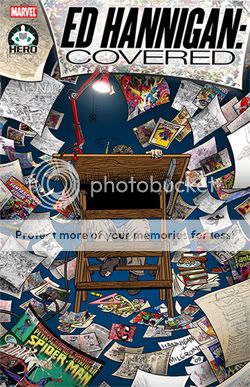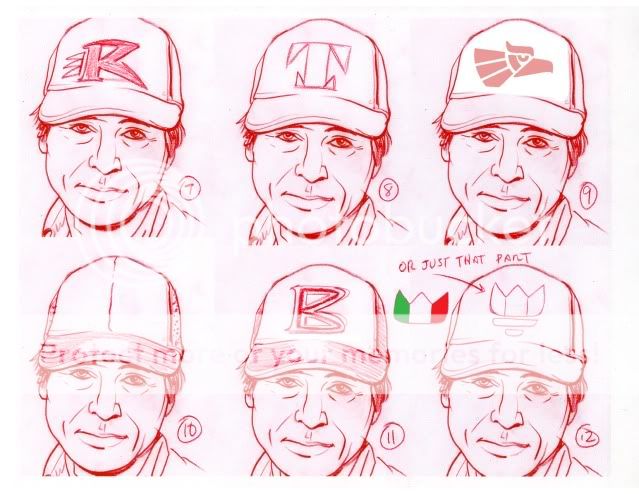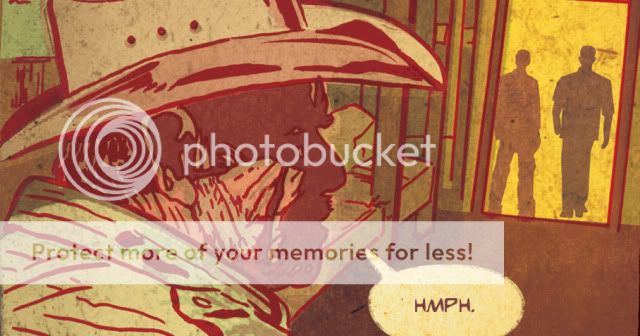
Creating comics can be a drawn out, time-consuming process. My mind wanders as I render for hours, understanding and illuminating aspects of the story that had not yet been apparent to me. But, there are moments when it is impossible for me not to weigh my work against all of the other comics produced before me as well as those of my contemporaries.
Do I tell a story that utilizes the economical realism of a
Batman: Year One-era
Dave Mazzucchelli or will the story be better served by the seemingly spontaneous and chaotic panel and character explorations of
Bill Sienkiewicz? Even as my "style" and process have been regulated, there are lessons and challenges that all other art continually poses to keep me fresh and honest with each panel. It can also be daunting on a bad day.
I wanted to push some pixels here to honor an influence who was one of the forces that inspired my devotion to this medium but whose name I only recently discovered.
His name is
Ed Hannigan and his was the silent hand drafting many concept sketches for Marvel covers during the formative years of my comic collecting.
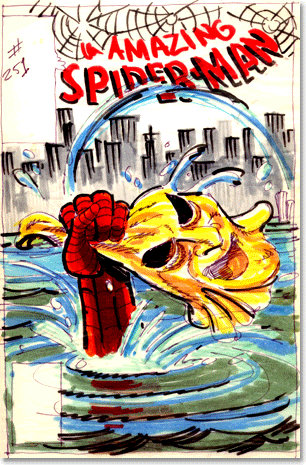
I'm almost positive there were other comics I bought and read before this Amazing Spider-Man #251. Up until this point I was a Spider-Man fan primarily because I met him at the Grand Opening of a local appliance store.
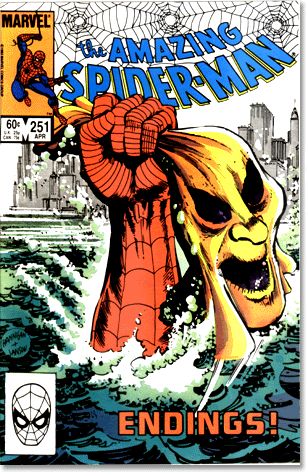
I was unaware of the Hobgoblin and the mystery surrounding him but this particular image screamed of such peril that I had to know what was happening. This was the image, a single image that is densely packed with story and drama, that told me that art could speak volumes and elicit intense emotions. And, it does so by illustrating a moment that doesn't even show the combatants. This was cover art as STORY, not pin-up.
Coincidentally, that cover was inked by Klaus Janson, who I now have the great honor and pleasure of calling a teacher.
Ed was schooled by some of the Marvel Masters like John Romita and Jack Kirby but I didn't grow up in that era. It was his play with type and illustration and design that contributed to my appreciation and professional/ playful relationship with those same elements to this day.
He has literally covered the entire Marvel Universe by serving as the designer and illustrator responsible for the character-packed covers to
"The Official Handbook of the Marvel Universe." Each was its own design puzzle and then they all interlocked to form a poster the size of a small NYC apartment.

Unfortunately, the reason his name has come to my attention is because he is battling Multiple Sclerosis and
The Hero Initiative is championing his work and seeking donations to defer some of his medical expenses. Comics don't have a retirement plan or union and The Hero Initiative has taken on the role of encouraging fans to provide a safety net for those in need.
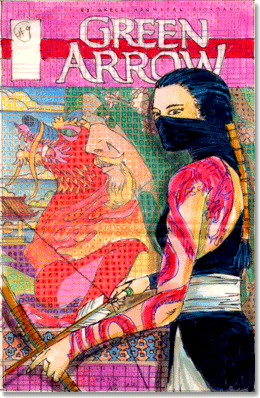
I'm glad to know Ed's name to thank him for being one of those influences that encourage greatness. Also thanks to The Hero Initiative for collecting a comic of his work so that I may study it and produce work that may live up to his legacy.
You can donate on their website and buy the collection Ed Hannigan: Covered at your local comic shop. And, you can buy or commission art by Ed
here.
